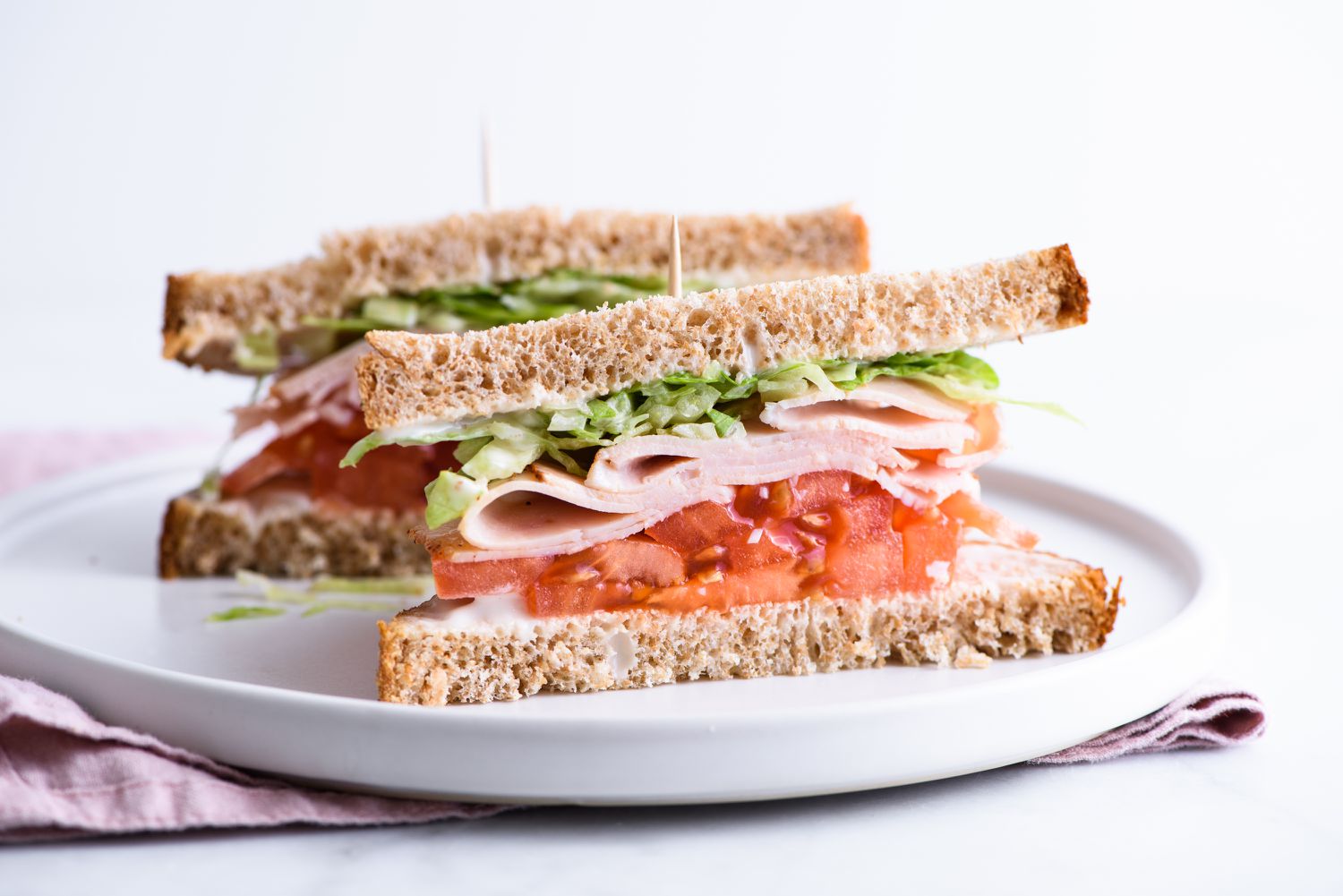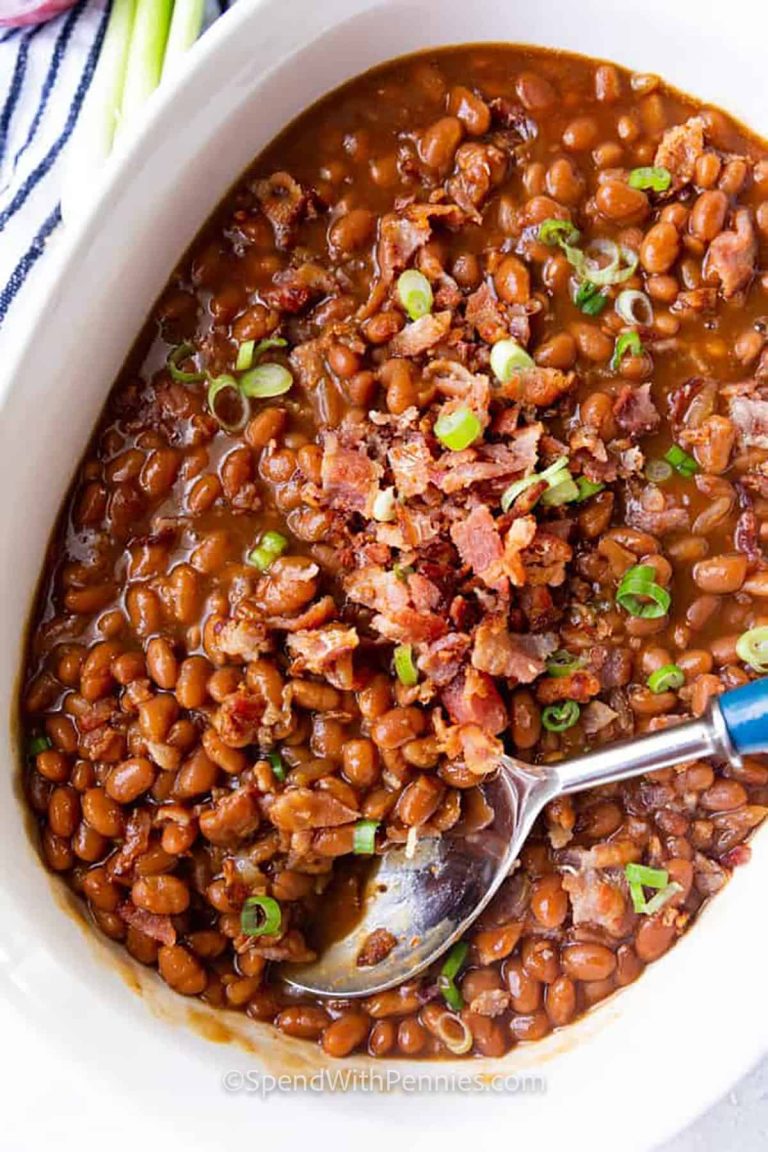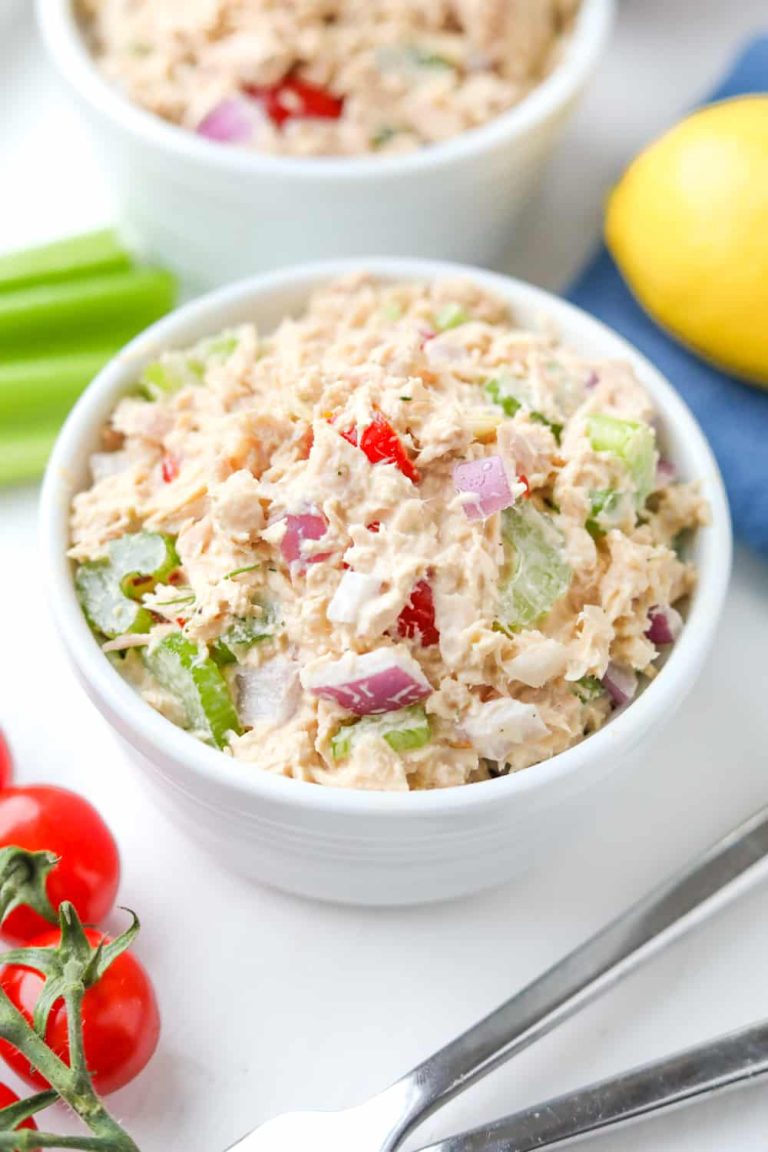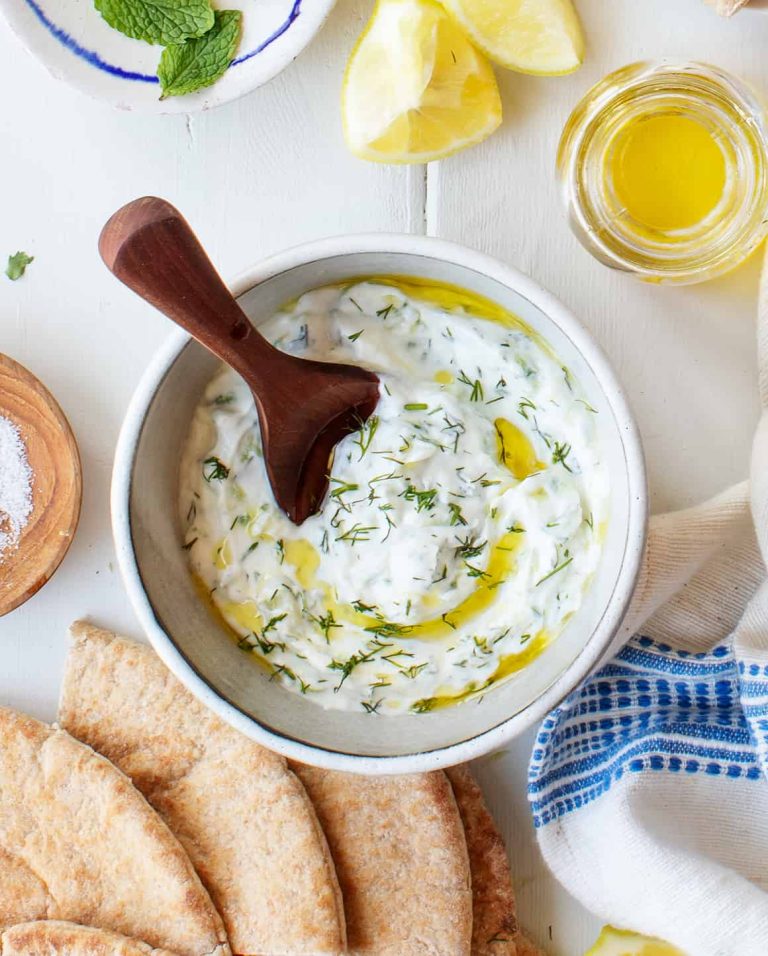Ham and Shell Salad: History, Recipe, and Health Benefits
Ham and shell salad traces its roots back to mid-20th century America. Cooks combined leftover ham with readily available pasta, creating a dish that minimized waste and maximized flavor. The use of pasta shells, known for their ability to hold dressings and other ingredients, helped the salad gain popularity quickly. This creation mirrored the post-war emphasis on convenience cuisine and resourcefulness in the kitchen.
Evolution into a Popular Dish
Initially, simple versions of the salad incorporated only a few ingredients. Over time, it evolved to include a more diverse mix. By the 1970s, recipes began featuring additional elements like peas, bell peppers, and celery, enhancing both taste and texture. Mayonnaise and mustard became common dressings. The dish’s flexibility made it appealing for various occasions—potlucks, picnics, and holidays. The ability to customize it to personal tastes cemented its status as a beloved American classic.
Key Ingredients in Ham and Shell Salad
Choosing the Right Ham
Opt for high-quality ham to enhance your salad’s flavor. Use either smoked or honey-glazed ham, as both add a distinct taste. Remember to dice the ham into small, uniform pieces for even distribution in the salad.
Selecting Shell Pasta
Select small or medium shell pasta to ensure they hold the dressing well. Cook the pasta al dente, which means firm to the bite, for the best texture. Rinse the pasta under cold water post-cooking to stop further cooking and keep it from becoming mushy.
Vegetables and Add-Ins
Incorporate a variety of vegetables for a balanced texture and flavor profile. Common choices include peas, bell peppers, and celery. For added crunch and freshness, consider adding chopped red onion or cucumber. Sprinkle in some shredded cheese or chopped pickles for extra zest. Always ensure the vegetables are uniformly chopped for consistent bites.
Preparing Ham and Shell Salad
Cooking Techniques for Pasta
Use small or medium shell pasta for the best texture. Begin by boiling water in a large pot. For every pound of pasta, use 4 to 6 quarts of water. Add a tablespoon of salt to enhance the pasta’s flavor, then add the shells. Stir occasionally to prevent sticking. Cook the pasta for 8 to 10 minutes until it’s al dente, retaining a firm bite. Once cooked, drain the shells and rinse them with cold water to stop the cooking process and prevent them from sticking together. Ensure the pasta is fully cooled before incorporating it into the salad to maintain the ideal texture.
Blending Flavors and Textures
Combine ham, pasta shells, and assorted vegetables to create a harmonious mix. Diced ham should be uniform for consistent flavor distribution. Incorporate peas, bell peppers, and celery to introduce sweetness and crunch. For added flavor complexity, include red onion or cucumber. Mix mayonnaise and mustard to make a tangy, creamy dressing. Toss all ingredients together until evenly coated. For extra zest, add shredded cheese or chopped pickles. Uniformly chopping vegetables ensures each bite offers a balanced mix of flavors and textures. Refrigerate the salad for at least 1 hour before serving to let the flavors meld.
Serving Suggestions for Ham and Shell Salad
Ideal Pairings
Ham and shell salad can complement a wide range of dishes. Serve it alongside grilled chicken for a protein-packed meal. Pair it with crusty bread or garlic bread to add a satisfying crunch. Fresh fruit like grapes or melons provides a refreshing contrast to the rich salad. For a lighter option, pair it with a green salad dressed in a light vinaigrette.
Popular pairings:
- Grilled chicken
- Crusty bread or garlic bread
- Fresh fruit (grapes, melons)
- Green salad with vinaigrette
Seasonal Variations
Incorporate seasonal ingredients to keep your ham and shell salad fresh and exciting. During the summer, add diced tomatoes, corn, and avocado for a vibrant twist. In the fall, consider roasted butternut squash, apples, and cranberries to add warmth and depth. Winter variations can include pomegranate seeds, roasted vegetables, and citrus segments. Spring offers fresh peas, asparagus, and radishes for a bright, crisp medley.
- Summer: diced tomatoes, corn, avocado
- Fall: roasted butternut squash, apples, cranberries
- Winter: pomegranate seeds, roasted vegetables, citrus segments
- Spring: fresh peas, asparagus, radishes
Nutritional Information
Health Benefits
Ham and shell salad offers a range of health benefits due to its varied ingredients. Ham provides a rich source of protein, essential for muscle repair and growth. Additionally, pasta shells offer complex carbohydrates, which supply lasting energy throughout the day. Including a variety of vegetables (like bell peppers, cucumbers, and tomatoes) enhances the salad with essential vitamins and minerals, boosting overall immune function and promoting healthy skin. Finally, cheeses and pickles contribute probiotics and calcium, supporting gut health and strong bones.
Dietary Considerations
When preparing ham and shell salad, account for dietary considerations to cater to different nutritional needs. For those on a low-sodium diet, choose low-sodium ham and limit the addition of salt. Select whole wheat or gluten-free pasta shells to accommodate gluten sensitivities or preferences. Opt for low-fat or dairy-free cheeses for lactose intolerance or fat intake reduction. Incorporating a diverse range of vegetables can help meet daily dietary fiber requirements, promoting digestive health. If vegan options are necessary, use plant-based proteins and dairy alternatives while ensuring the overall taste and texture remain balanced.
Conclusion
Ham and shell salad remains a beloved dish that combines tradition with versatility. Whether you’re using it as a quick meal or a party staple, its adaptability to various dietary needs ensures everyone can enjoy it. By choosing quality ingredients and following the preparation tips, you’ll create a flavorful and nutritious salad that stands the test of time. So go ahead and experiment with different add-ins and seasonings to make it your own.






